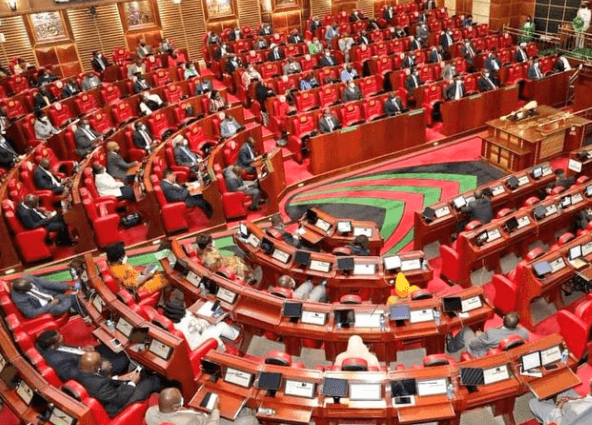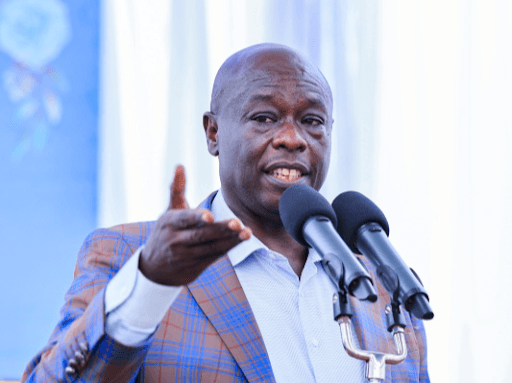In a world where equitable access to quality healthcare remains a global concern, Kenya stands out as a compelling example of advancements on the path to achieving Universal Health Coverage.
UHC entails providing essential healthcare services to individuals and communities without subjecting them to financial burdens. The Alma-Ata Resolution of 1978 advocated 'Health for All', emphasising comprehensive primary healthcare services.
Kenya's dedicated efforts to align its healthcare system with primary healthcare and preventive measures not only honour its constitutional commitments but also resonate with the global Sustainable Development Goals.
The narrative of UHC implementation in Kenya unfolds as an evolving journey. Beginning in 2018, this endeavour took root as a pilot initiative in four selected counties: Kisumu, Isiolo, Nyeri, and Machakos.
Nurtured by innovative input financing, this initiative aimed to extend quality healthcare services to marginalised populations. This pioneering stride paved the way for a significant leap on February 7, 2022, when Kenya solidified its commitment to UHC with a nationwide rollout across all 47 counties.
In the context of this UHC launch, Kenya propels forward to expand healthcare boundaries. The path it carves isn't merely about offering medical treatment when required; it fundamentally transforms the healthcare landscape by embracing primary healthcare and its preventive and promotive facets.
The impending launch of UHC grounded in primary healthcare attests to Kenya's dedication to progress and the well-being of its citizens. It radiates hope and inspiration to all those striving for a world where healthcare is universally accessible, comprehensive and transformative.
What sets this current UHC launch apart is Kenya's unwavering determination to achieve UHC through primary healthcare. This model goes beyond the immediate goal of alleviating pressure on hospitals and clinics; it fosters a society where individuals are empowered to make healthier choices. The ripple effects are significant: reduced healthcare expenses, heightened productivity and an improved overall quality of life.
The innovative UHC approach marks a profound shift in healthcare strategy, moving from reactive ailment treatment to proactive health promotion and disease prevention. Within the UHC framework, primary-level facilities offer healthcare services free of charge, enhancing accessibility and ensuring that critical treatments for conditions like HIV, TB and malaria are universally available in public health institutions.
Initiatives such as insurance subsidies, the Linda Mama programme catering to pregnant women and complimentary care for children under five and high school students in public schools exemplify comprehensive efforts towards this goal.
By prioritising prevention and promotion, Kenya charts a trajectory towards healthier lives, enhanced economic stability and a society where health is not a privilege but a fundamental entitlement.
The advantages of UHC are manifold: it reduces health disparities, boosts economic productivity and nurtures a healthier populace. As Dr Tedros Adhanom Ghebreyesus, director general of the WHO, aptly stated, "UHC is the most powerful concept that public health has to offer."
Principal Secretary of the State Department of Public Health and Professional Standards

















